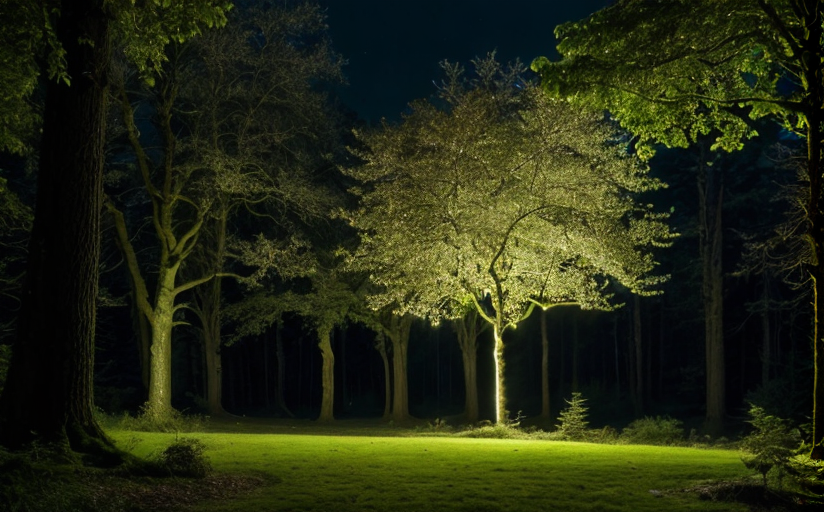The Fascinating World of Forest Ecosystems: The Secret Language of Trees
Forests are not just an aggregate of trees; they are complex, dynamic, and living ecosystems, with vast networks of interactions that go beyond the visual perception. One of these incredible interactions is often described as the 'secret language of trees'.
Communication in the Forest
Trees are not just static and silent organisms. They communicate and interact using complex and intricate systems. Using vast networks of roots and symbiotic relationships with fungi known as mycorrhizae, trees can share resources and signals of danger or stress. This web of roots and fungi, often termed as 'Wood Wide Web', enables trees to help one another and nurture their offspring.
Science Behind Tree Communication
Scientific studies have shown that trees communicate by sending chemical, hormonal and slow-pulsing electrical signals. When a tree is under attack, it sends distress signals to neighboring trees. The alerted neighbors relay information to their own leaves about the imminent threat, prompting them to produce chemicals that deter the attackers, be them insects or fungi.
Furthermore, the old and large 'mother trees' nurture their young and weak saplings by funneling them nutrients and other essential helpers. This phenomenon of understory nurturing has prompted scientists to think of forests as superorganisms.
Implications on Forest Biodiversity and Survival
The secret language of trees does not only foster cooperation and mutual survival among the trees but is also crucial for maintaining biodiversity and overall forest health. A healthy and communicative network of trees means more resistance against pests and diseases, thereby promoting natural ecosystems' resilience and survival.
The Role of Scientific Studies and Discoveries
Emerging scientific studies, like that of eminent scientist Suzanne Simard and others, have significantly advanced our understanding of tree communication, tree behavior, and forest bio-communication. Their contributions have transformed the way we view these gigantic living entities, from solitary life forms to parts of an interconnected, collaborative, and self-sustaining system.
Influence on Forest Conservation and Climate Change Mitigation
Understanding the language of trees can profoundly influence our approach towards forest conservation and climate change strategies. Recognizing forests as complex, interconnected ecosystems instead of mere providers of resources illuminates the importance of conserving every species, big or small. Furthermore, understanding how trees sequester carbon dioxide and influence climate can guide us to develop better climate change mitigation strategies.
In conclusion, the secret language of trees is a paradigm-shifter. It paints a picture of the forest where every single element is interdependent and valuable. Unlocking this secret language not only deepens our understanding of the natural world but also underscores the importance of taking urgent action to conserve these complex ecosystems under threat from rapid climate change and deforestation.
















Comments
Leave a Comment